
Gameplay
Each game simulates the cycle between design and operation of a hospital, in a simplified and funny way. In real life, these cycles span across many years and are often late, in part due to the lack of good collaboration among construction partners and healthcare professionals.
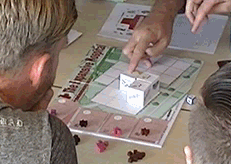
Players not only design and build the hospital, but also treat patients with the available facilities. Each patient successfully treated earns a point of credibility for the hospital. A hospital with no credibility points is closed and the game is over, whereas a hospital with 20 credibility points earns the excellence award and the winning condition is achieved. Notwithstanding, every time a patient walks through the hospital, a satisfaction point is deducted. If patients run out of satisfaction points, they leave the hospital and the insurance bank pays no fee. The game is also over when the hospital cannot pay the maintenance costs for the current facilities, a condition called bankruptcy in the game.
Player roles
Players can chose from six roles in the game, with mutually exclusive powers. Depending on the number of players, some roles are not available. Players negotiate how to use their powers, charging more for their duties, or harming others, for instance. If they play too competitive, the hospital goes quickly bankrupt; if they play too collaboratively, one of the players will have an advantage over the others.
 The architect can define the building shape. Strategy: Gain trust with the client to get more traditional contracts. Build taller buildings. Negotiate with the contractor and the engineer to decrease costs. Listen to the nurse about how to deal with patients.
The architect can define the building shape. Strategy: Gain trust with the client to get more traditional contracts. Build taller buildings. Negotiate with the contractor and the engineer to decrease costs. Listen to the nurse about how to deal with patients.
 The engineer can design the pipes. Strategy: Design efficient networks. Avoid clashes (pipe of one color connected to another color). Collaborate with the architect to get more design freedom.
The engineer can design the pipes. Strategy: Design efficient networks. Avoid clashes (pipe of one color connected to another color). Collaborate with the architect to get more design freedom.
 The contractor can implement the design. Strategy: Gatekeep the already built blocks and if someone touches them, charge an inspection. Gain trust with the client to get fast-track contracts. Move the builder thinking about the next rounds.
The contractor can implement the design. Strategy: Gatekeep the already built blocks and if someone touches them, charge an inspection. Gain trust with the client to get fast-track contracts. Move the builder thinking about the next rounds.
 The hospital director can decide where to invest. Strategy: Do not build every round. You can always skip it.
The hospital director can decide where to invest. Strategy: Do not build every round. You can always skip it.
Spend the least necessary to make the hospital profit. Moderate the construction guys by changing the contract the next round.
 The facility manager can maintain the facilities. Strategy: Influence other players to build as many blocks and unnecessary pipes as possible. Force them using far-away entry points.
The facility manager can maintain the facilities. Strategy: Influence other players to build as many blocks and unnecessary pipes as possible. Force them using far-away entry points.
 The nurse can admit and guide patients across the building. Strategy: Do not admit every patient; chose the ones that the hospital can handle. Influence the hospital design to shorten the routes.
The nurse can admit and guide patients across the building. Strategy: Do not admit every patient; chose the ones that the hospital can handle. Influence the hospital design to shorten the routes.
Conflicts of interests
Each player has her own account, with the sum earned from her work done for the hospital, the only costs charged to the hospital account. What complicates the game is that players have a different earning schema, depending on the role played. The game highlights the conflicts of interests around information storing and sharing, a key feature of collaboration. Some players forget to store information, some hide information, and some take the initiative to create shared repositories of information. It is possible to see through the game the impact of personal strategies, official roles, construction contracts, and databases in information sharing practices. If the players succeed in the game, they learn how to deal quickly with the conflict of interests that are inherent to this kind of collaboration.
Information strategies
The rules for construction are such that information will likely be lost. The hospital is built with building blocks, each representing one facility type, with a service layer underneath. If players do not know what is already implemented, they cannot decide how to operate or what to build next. There is also a risk of clashing a gas pipe with an existing water pipe when adding extensions, what allows the builder to charge an extra amount. Players receive database sheets to keep information as they like.
Key gameplay features
- Players must negotiate every move. If a player does not want to negotiate, the game is stuck.
- The impact of player’s action on care performance is not clear from the beginning. Only after playing some rounds, they may notice it.
- Once players understand what they cannot do, they try to influence each other’s decision. Decision becomes deliberation.
- Players who forget to store information rely on others who take the burden. Those become influential in the game.
- Players develop identities in the game that may not match the description of the role card or their expected social identities.
- Each round creates a situation that can only be addressed in the next round, an open loop.
Detailed video walkthrough
Gameplay pictures
Copyright © 2025 | MH Purity lite WordPress Theme by MH Themes

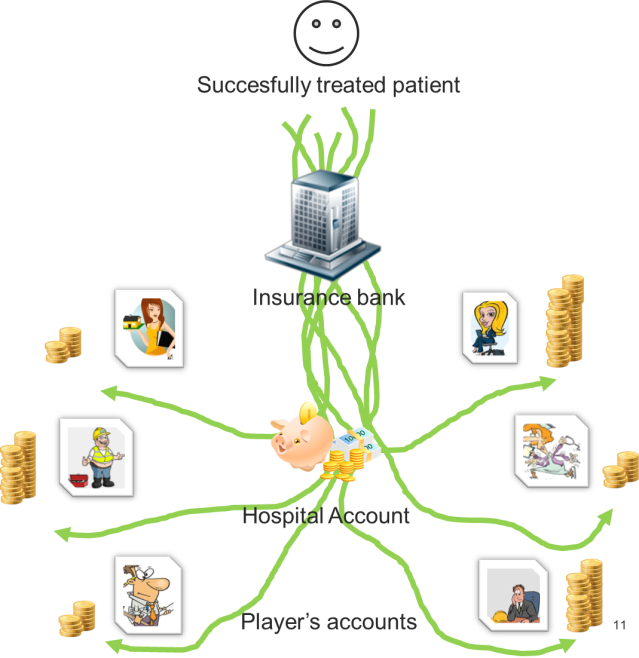
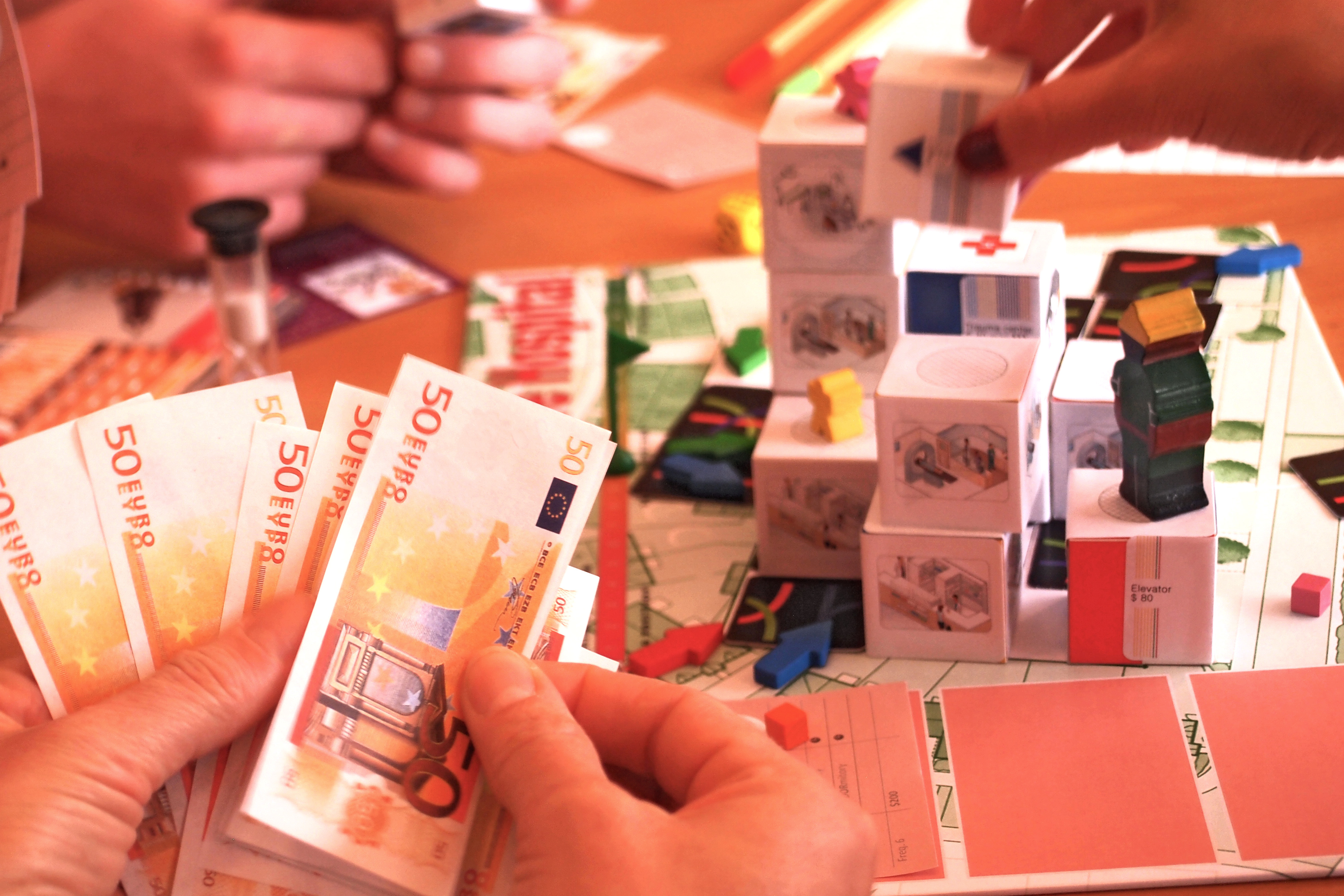
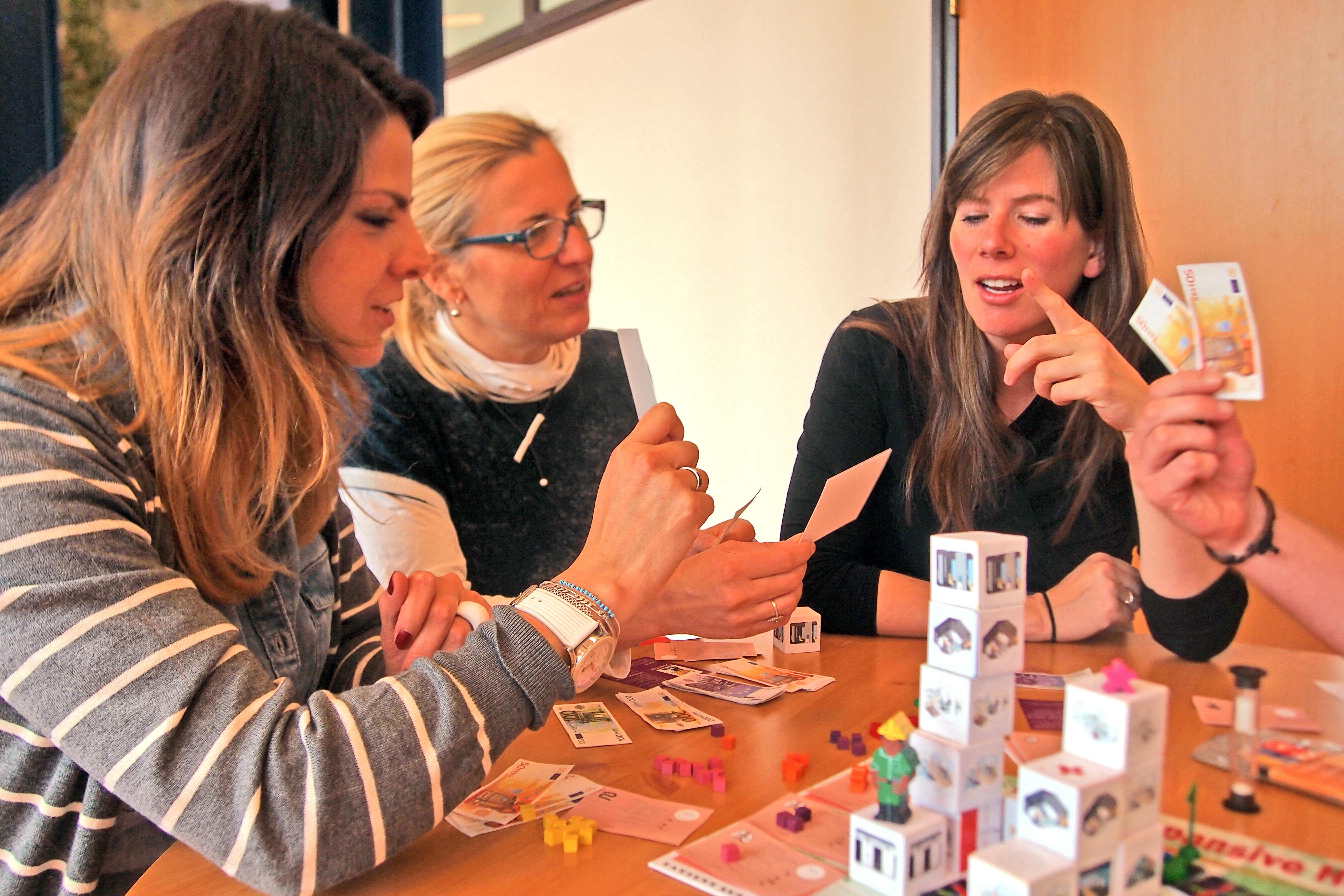
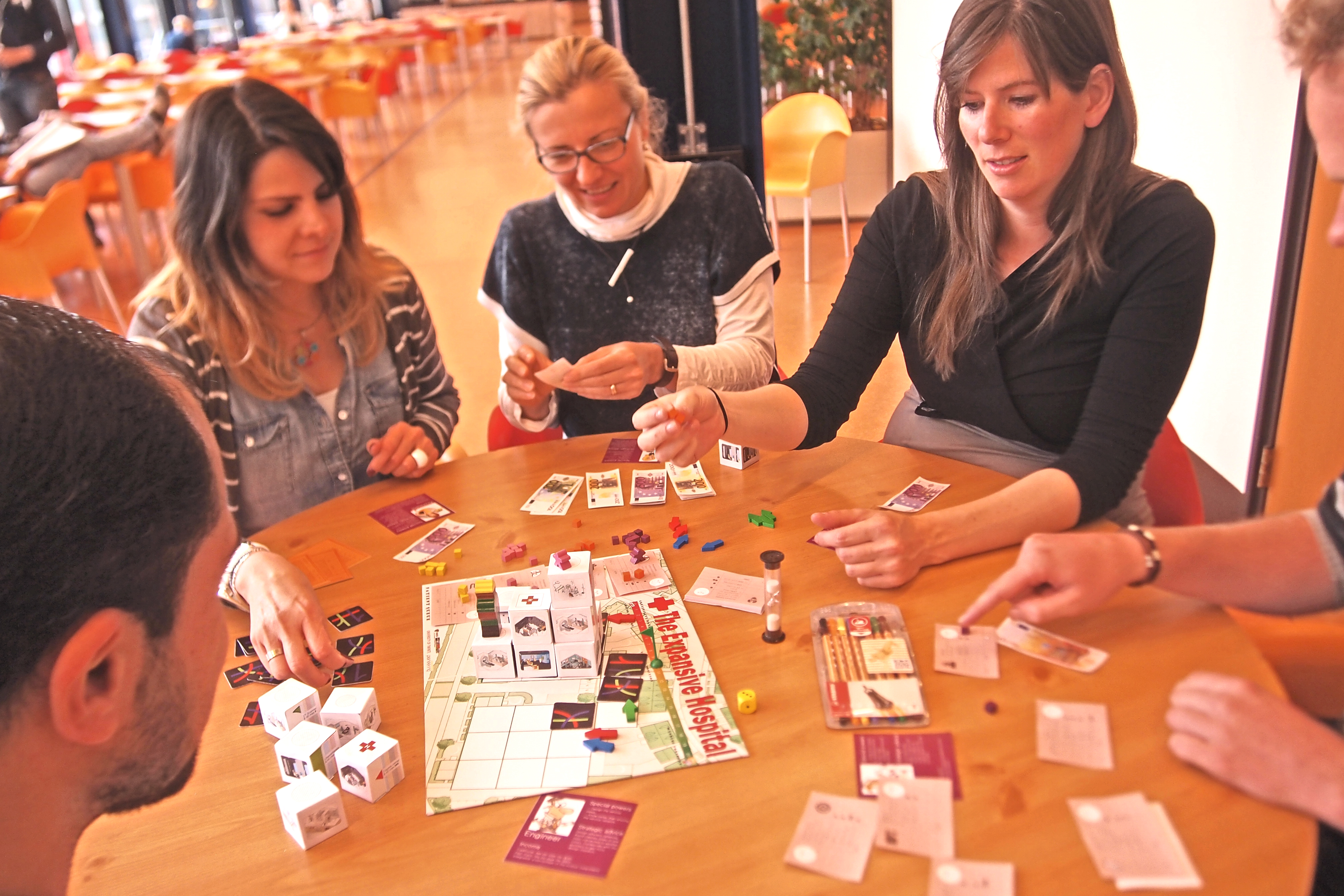
Leave a comment